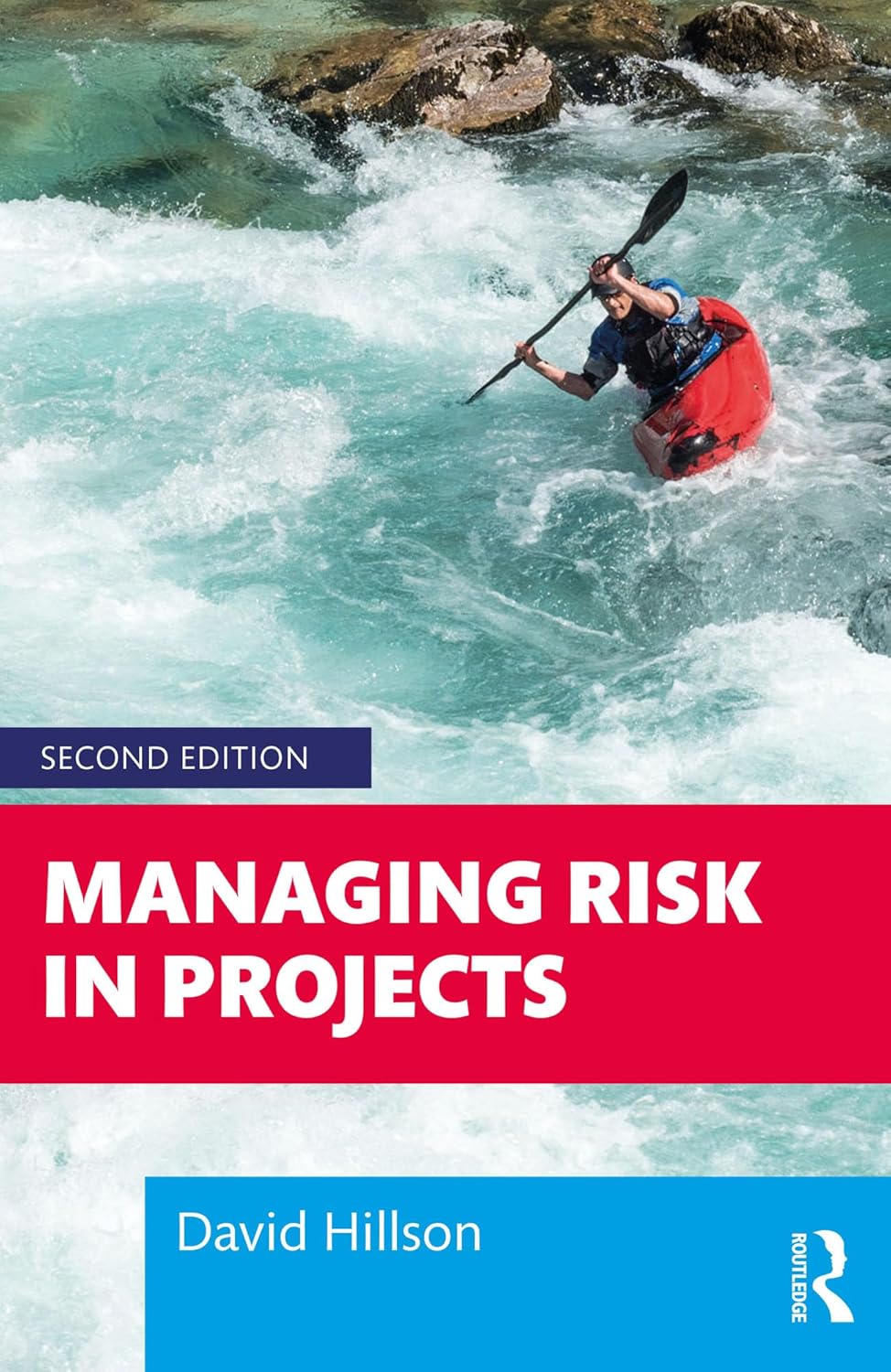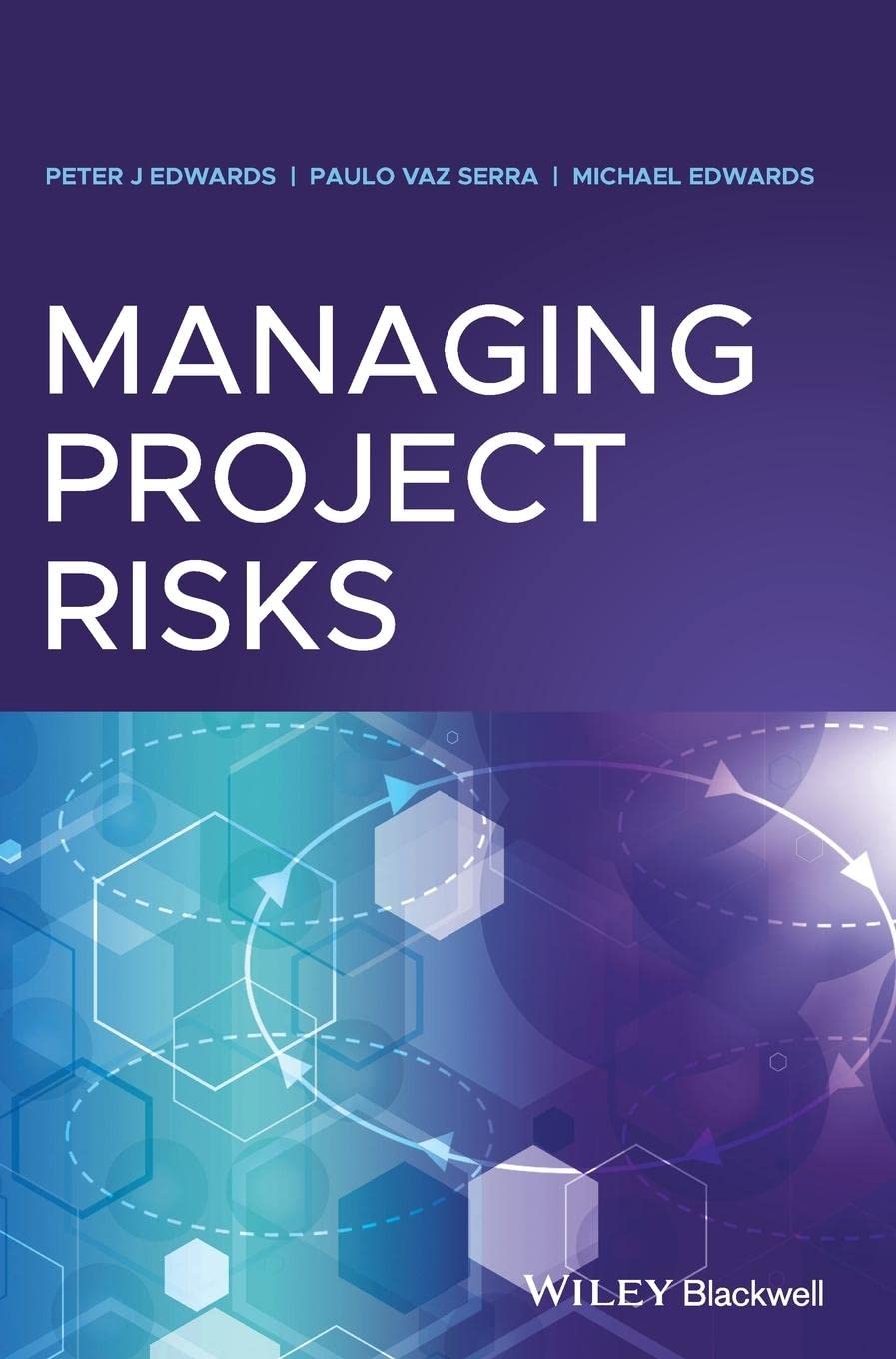
Risk Exposure
What is Risk Exposure?
Risk exposure refers to the potential for loss or negative impact that a project might face due to uncertain events or conditions. It represents the degree to which a project is vulnerable to risks and is typically measured by assessing both the probability of a risk occurring and the potential consequences if it does. Understanding risk exposure helps project managers prioritize risks requiring more attention, resources, or contingency planning. By identifying and quantifying risk exposure, project teams can make informed decisions to minimize disruptions and increase the chances of project success.
Key Points
- Project teams calculate it by multiplying the likelihood of a risk by its potential impact.
- It helps rank and prioritize risks during the risk management process.
- The concept applies to all types of financial, operational, technical, and external risks.
- It is not static; risk exposure can change throughout a project due to shifting conditions or emerging information.
- High-risk exposure requires proactive management, such as risk avoidance, mitigation, or transferring strategies.
Related Terms
- Risk management is the overall process that includes identifying, analyzing, and responding to risks throughout the project lifecycle.
- Risk assessment involves evaluating individual risks to determine their risk exposure levels.
- Contingency planning refers to developing alternative strategies to manage potential outcomes of high-risk exposure.
- Impact analysis is a technique for understanding the consequences and how they contribute to overall exposure.
- Risk register is a key tool used to document and track risks and associated mitigation strategies.
Risk Exposure: Example
A project team working on a new mobile application identifies a potential delay in third-party software delivery. The team estimates a 50% chance the software will be late, which could delay the project by two weeks and increase costs by $10,000. By calculating the exposure (0.5 probability × $10,000 impact = $5,000), the team can decide whether to accept it, create a backup plan, or find another vendor. This quantified approach enables better risk prioritization and resource allocation.
Risk Exposure: Best Practices
- Regularly review and update exposure levels as the project progresses.
- Engage stakeholders in discussions about potential impacts to ensure broad awareness.
- Use historical data and expert judgment to improve accuracy in risk assessments.
- Prioritize high-risk items during planning to prevent major disruptions.
- Incorporate exposure findings into decision-making and resource planning.
Additional Resources
Preparing for a PMI certification?
- Exam Prep Courses: PMP®, CAPM®, and PMI-ACP®
- Exam Simulators: PMP®, CAPM®, PMI-ACP®, PMI-PBA®, PMI-RMP®, PMI-SP®, PgMP®, and PfMP®
- Professional Development Units (PDUs): 15, 30, and 60 PDU Bundles




